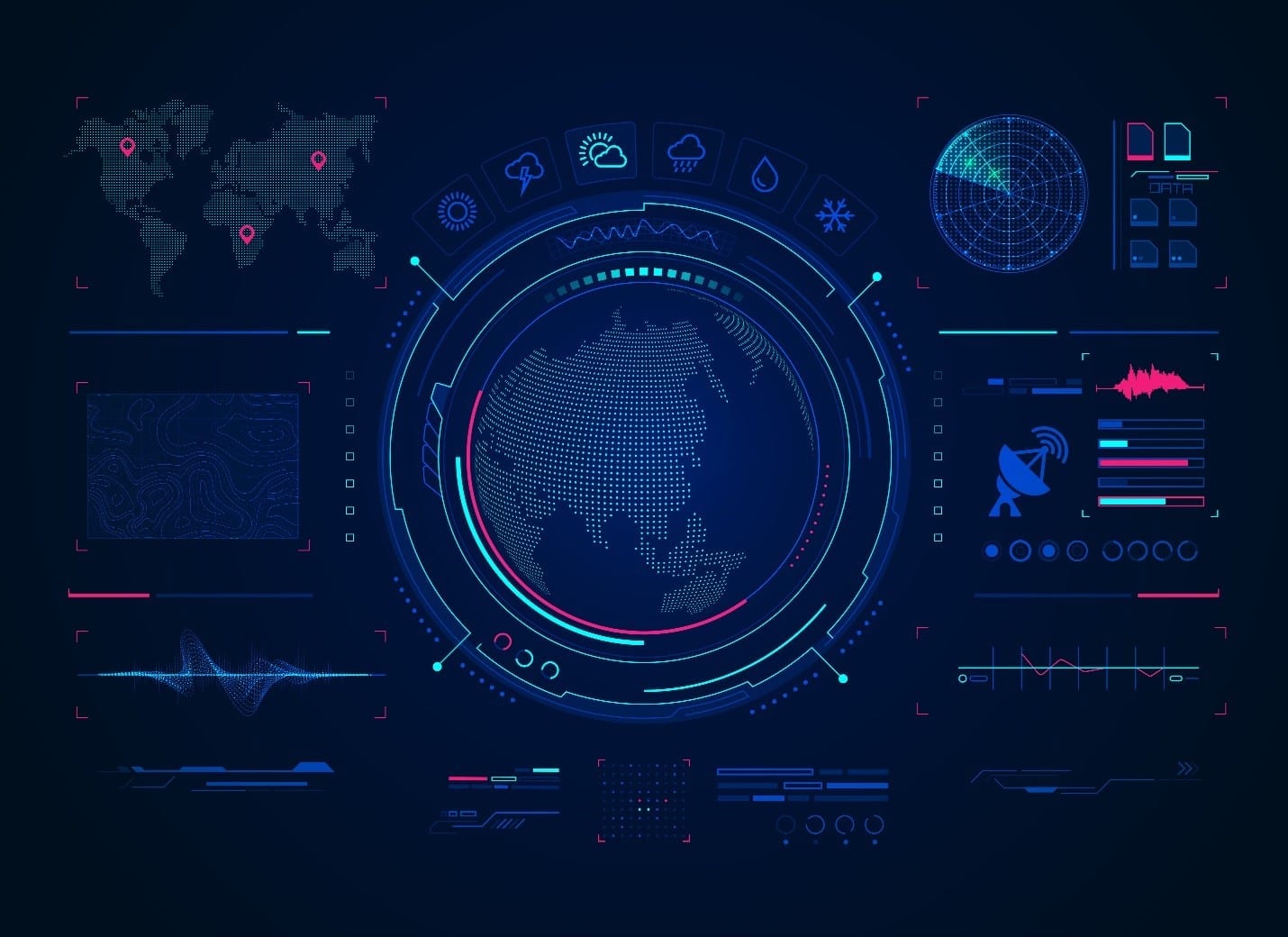As we celebrate and reflect on Lenovo’s technological innovations and milestones over the last 35 years, we also look into the future of technology and explore what’s next and what’s possible. From the role technology will play in creating a more inclusive workplace to how artificial intelligence (AI) will impact the healthcare industry and patient journey to this: exploring the impact supercomputers will have on weather forecasting.
Imagine finding out only 24 hours in advance that a horrific category 4 hurricane will make landfall close to where you live. You scramble to take cover or evacuate somewhere safe before the whipping winds, power outages, and torrential downpours cause damage and, sadly, even fatalities. A one-day warning happened to be the reality back in 1954.
Fortunately, as technology continues to evolve and improve, so has weather forecasting. Today, up to fourteen-day forecasts are available in many parts of the world.

“Over the past decade we have seen the accuracy of weather forecasts and the length of predictions greatly improve, predominantly due to the availability of compute resources,” said Scott Tease, Lenovo’s executive director of High Performance Computing and Artificial Intelligence.
What you may not know is that some of the world’s most powerful supercomputers are behind almost every weather prediction.
Which raises the question: How are supercomputers impacting weather forecasting now and in the future?
Before we tackle that question, let’s first talk about what a supercomputer is and how it works.
“A supercomputer takes very complex problems and breaks them down into parts that are worked on simultaneously by thousands of processors, instead of being worked on individually in a single system, like a regular computer. Thanks to parallel processing, researchers and scientists can generate insight much faster considering a laptop might take days or weeks to solve what a supercomputer can solve in minutes or hours,” explained Tease.

Think about it this way…
You’re in line at the grocery store and waiting to check out with a cart full of fresh items for you and 10 of your friends. Unfortunately, there is only one register open with a single person scanning items and the line is really starting to back up. Before you know it, 10 registers open up so you and your 10 friends grab a handful of items each, and go through all the registers at the same time and it only takes a matter of minutes to scan, bag and pay for your items.
This is similar to how parallel processing works. By taking large jobs and breaking them down into many small jobs that can be worked on at the same time across multiple systems, we can tackle problems that may have been insurmountable by a single system.
Okay, now back to supercomputers and weather forecasting.
Before supercomputers, we couldn’t receive early warnings for tsunamis and researchers couldn’t see the trajectory or impact of hurricanes or study patterns in climate change. We were really limited to making a guess based on a few basic inputs—because complex models, with thousands of rapidly-changing variables, were virtually impossible.
“Today, weather forecasting is achieved via the use of mathematical weather models of the atmosphere. These models consist of equations describing the state, the motion and the time evolution of various atmospheric parameters such as wind and temperature,” said Dr. Zaphiris Christidis, Lenovo’s weather segment leader. “Consequently, these equations are solved numerically on supercomputers which simulates the actual behavior of the atmosphere.”
But these weather simulations take millions of initial data points from sensors on weather satellites, weather balloons, ocean buoys, and weather stations—huge amounts of data. Weather models today are generally limited by compute performance.
As the performance of these supercomputers improves, more complex weather models can be employed, more data points can be ingested, and more scenarios can be accommodated to develop more accurate predictions.
“Even once we began using computer calculations in the 1950’s, weather predictions were highly inaccurate because of the limited computational power. For example, a weather model that we can run today in under 15 minutes on a standard Lenovo ThinkSystem server would have taken nearly 600 years to process on computer systems in the 1960’s,” added Dr. Christidis.

